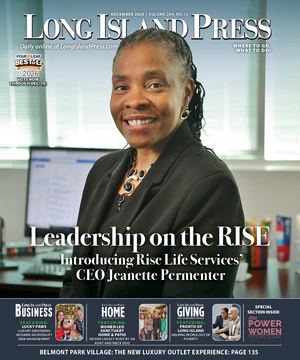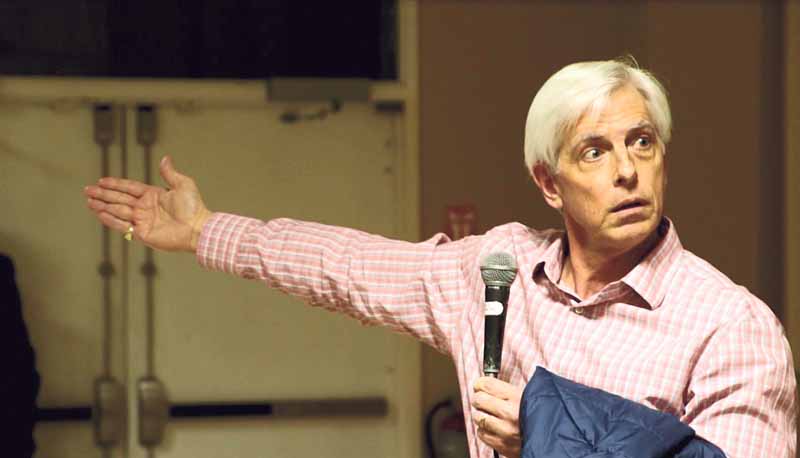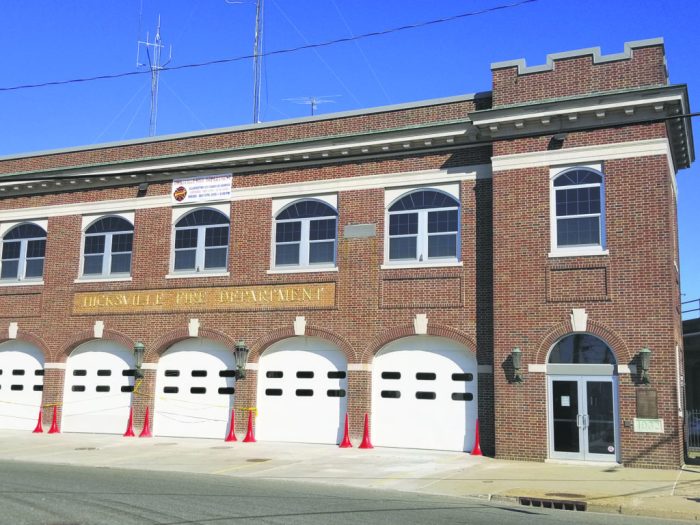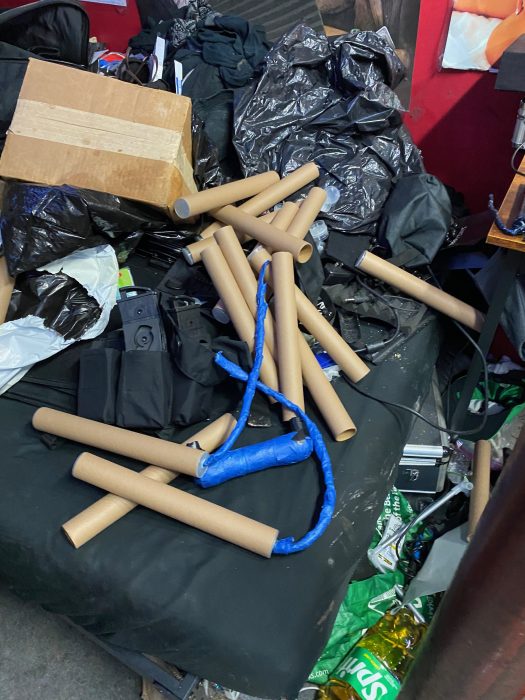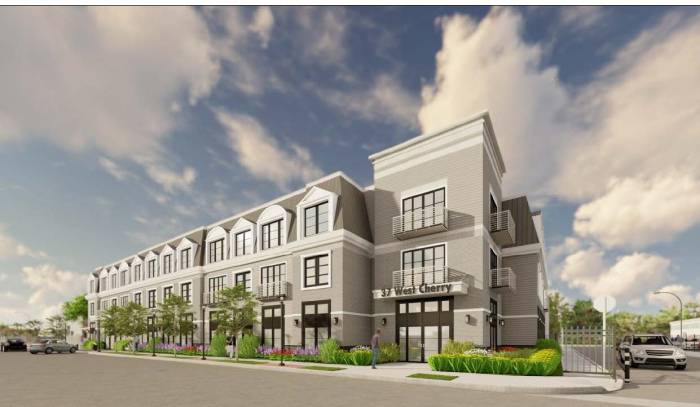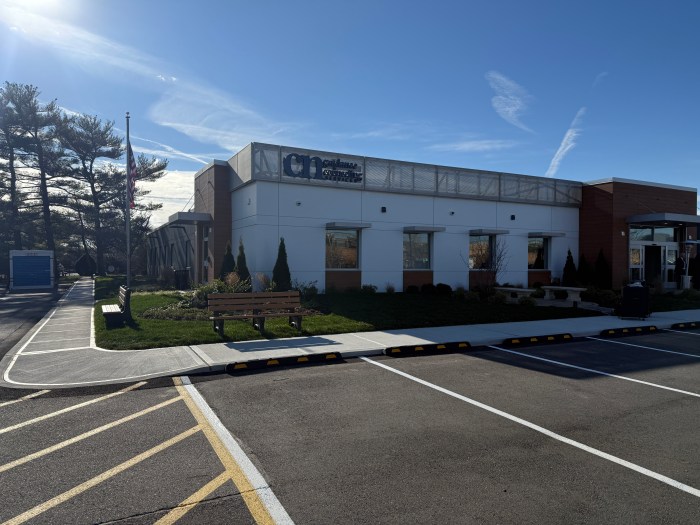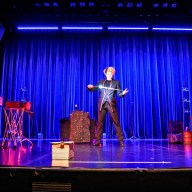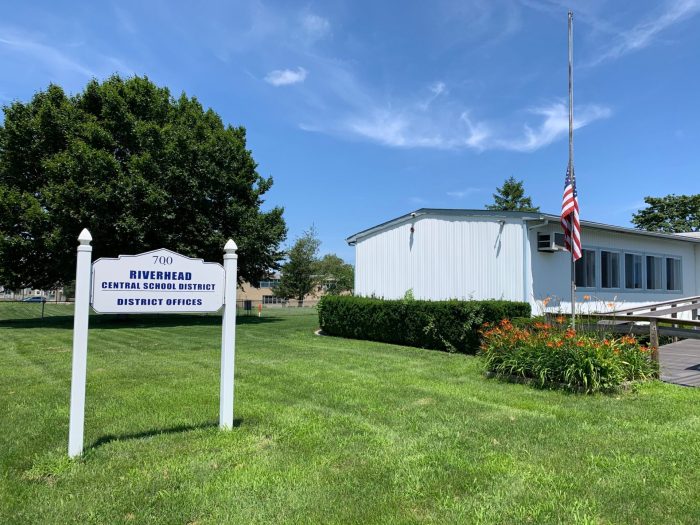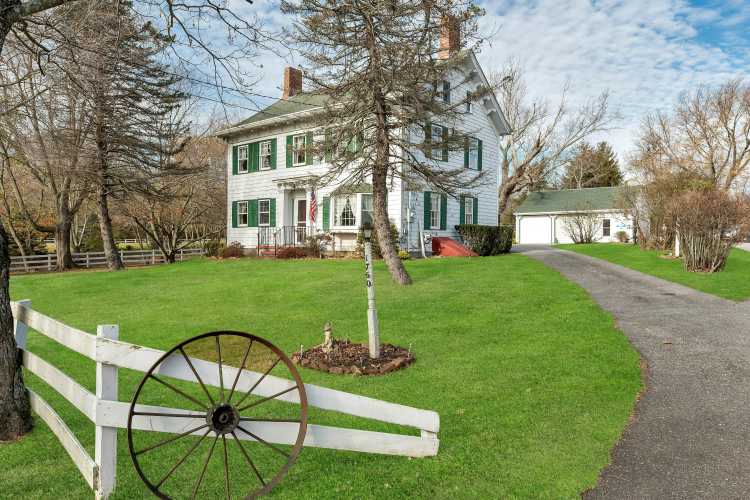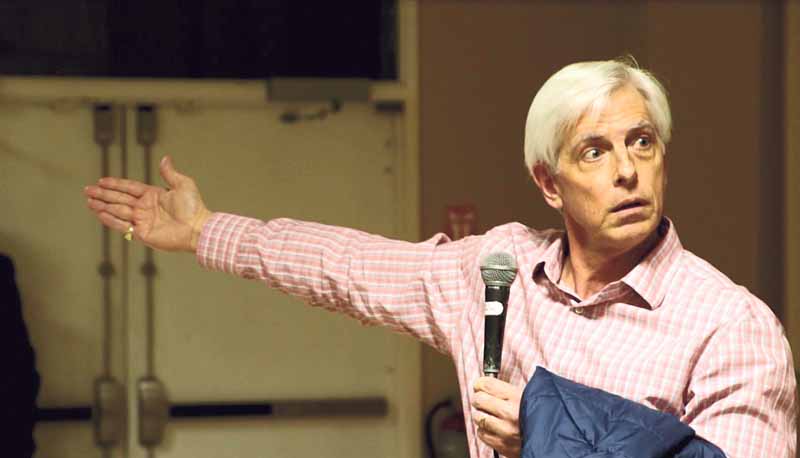
How do Hicksville residents feel about their downtown?
The New York State-funded Downtown Revitalization Initiative process has yielded numerous opinions during the five meetings of the Local Planning Committee (LPC) and three public workshops. Few of them were favorable:
“There is no ‘place’ I would like to spend time in!”
“Why does downtown Hicksville have to feel like a parking lot?”
“I can’t walk anywhere without risking life and limb.”
“None of the commuters who use ‘our station’ spend any money in Hicksville.”
The final public workshop took place Feb. 26, and on March 15, the LPC will meet for the final time to choose the strategic investment plan it will present to the state.
After deducting $300,000 to fund the planning/design aspect of the initiative, the state will finance $9.7 million to begin the transformation of a downtown/railroad station area that for many has not fulfilled its potential.
The timetable calls for the state to announce the DRI project awards early this summer. The projects will then begin to take shape in the winter of 2019.
Town of Oyster Bay Supervisor Joseph Saladino reminded attendees that the state moneys were merely the catalyst to spur the kind of “great change that residents want.”
He added, “Residents are the driving force, and the most important part of the puzzle. All of your input has been critical to making sure that we have success in the process.”
The supervisor reminded residents that the DRI is not a “one and done.” The process will continue as private developers will then begin to spend money to add an expected one million square feet of developed space. This is the outcome hoped for after the town changes its zoning to encourage mixed-used development, with residential above retail and parking garages as part of the new structures.
The town will begin the process of turning some of the many surface parking lots it owns into green/public spaces that will enhance traffic flow and make the area pedestrian-friendly.
In short, the DRI seeks to make concrete what more than a decade of planning and discussion by concerned citizens had envisioned: a vibrant retail/entertainment destination to draw residents and visitors.
Cecil Bakalor, of the design firm and consultant HKS, told residents he was aware of how often they had been disappointed.
“[The DRI] is a chance for something to happen,” he said. “To see this kind of enthusiasm is very special.”
Gregory Carman Jr., the LPC co-chair, said, “I think it’s the best crowd we’ve had and it’s great to see the turnout tonight.”
A quick survey by Saladino as the night wound down showed that many favored the $4.3 million Entry Drive that turned Wyckoff Place into a road where cars could quickly drop off commuters. Adjacent to it would be a Station Plaza for gatherings.
Bakalor called the Entry Drive “a front door you could be proud of. It’s a place that does not feel like ‘asphalt and parking.’”
The People Speak
Richard Pfaender, a 65-year resident, stated, “This is the first time it looks like we’re going to do something.”
But he warned that with so much of the proposed projects area being in the public sphere, it would behoove the LPC to make sure it had agreements in place with the MTA and state DOT regarding maintenance.
“We have an opportunity for the first time with real money on the table,” he said. “This isn’t for me—at 68, I won’t be around forever. This is to be able to say that we passed something on to the next generation.”
Joel Bearse said he had dealings with the MTA during his time on the town’s civic boards. Regarding one of the proposed projects—to enhance the “underline” beneath the tracks—he observed that the agency had rejected every proposal to do something under its trestle.
“That would be something to negotiate with them,” he advised.
Adam Firester said that he loved the vision, and during the transformation hoped that the town would preserve at least the same number of parking spots that currently exist.
Carman assured him that his concern has “been one of the main topics of conversation as we look at how we’ll timeline this development of the different aspects of the downtown area.”
George Sahaidachny said, “I love the idea and this whole proposal. I hope that it happens. But my main concern is, what are they going to do with the existing traffic?”
Bakalor said one of the suggestions had been to lower the speed limit and reroute traffic flows to the future parking garages.
To Sahaidachny, it all sounded “pie in the sky….What are you going to do? Put more traffic on West John Street or Woodbury Road?”
With the addition of transit-oriented housing, he said, “They are adding more and more people, don’t tell me [this means] less traffic. That’s baloney, I don’t buy it.”
Longtime resident Rich Budinich mentioned several projects in the hamlet that the town had “screwed up.”
“Hicksville has been a dumping ground,” he stated. “Now we have a committee that’s done a great job. It’s going to hold [elected officials’] feet to the fire.”
“It’s important to remember the past so we don’t make the same mistakes going forward” Saladino said. “That’s why we’re here tonight listening. Not to do something in some back room—and then everybody has to live with it. We’re listening to you.”
The final public meeting of the LPC is Thursday, March 15, at 7 p.m. at the Hicksville Community Center, 28 West Carl St., Hicksville.
